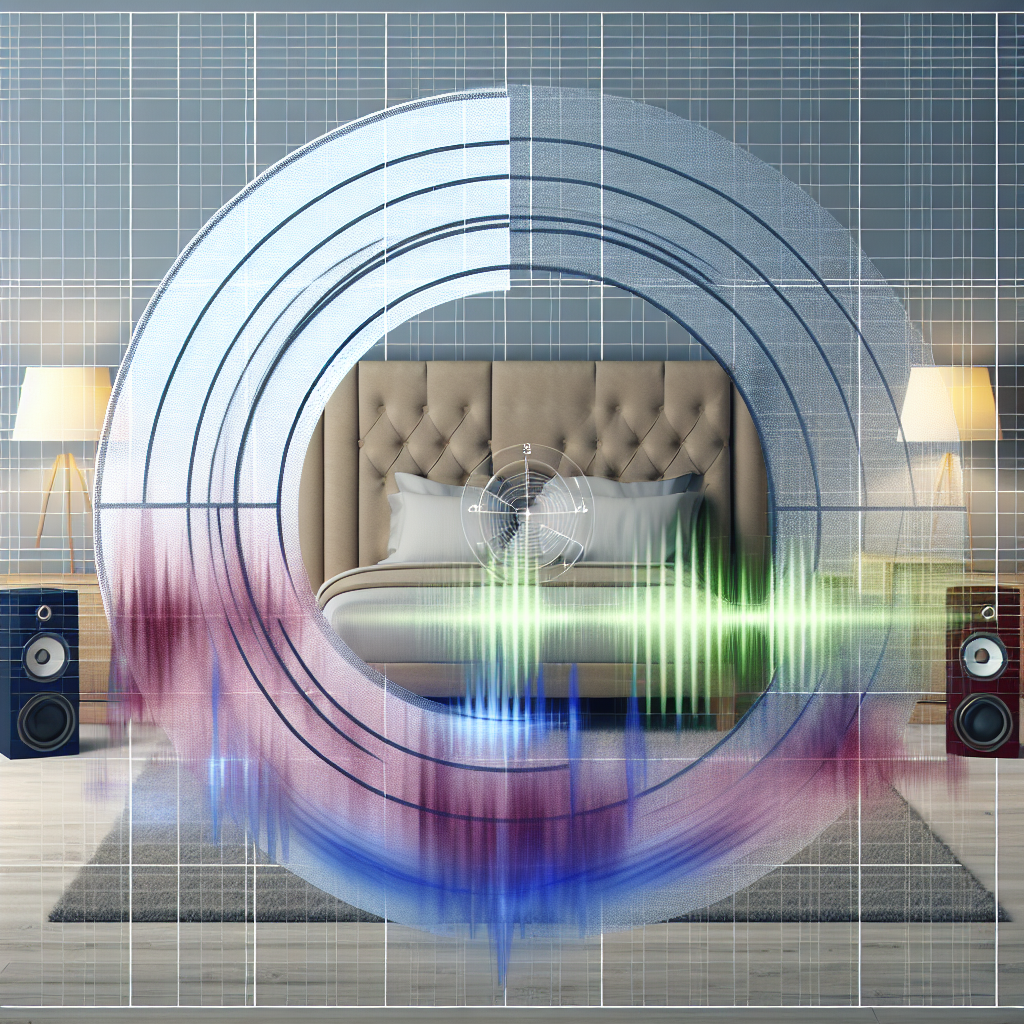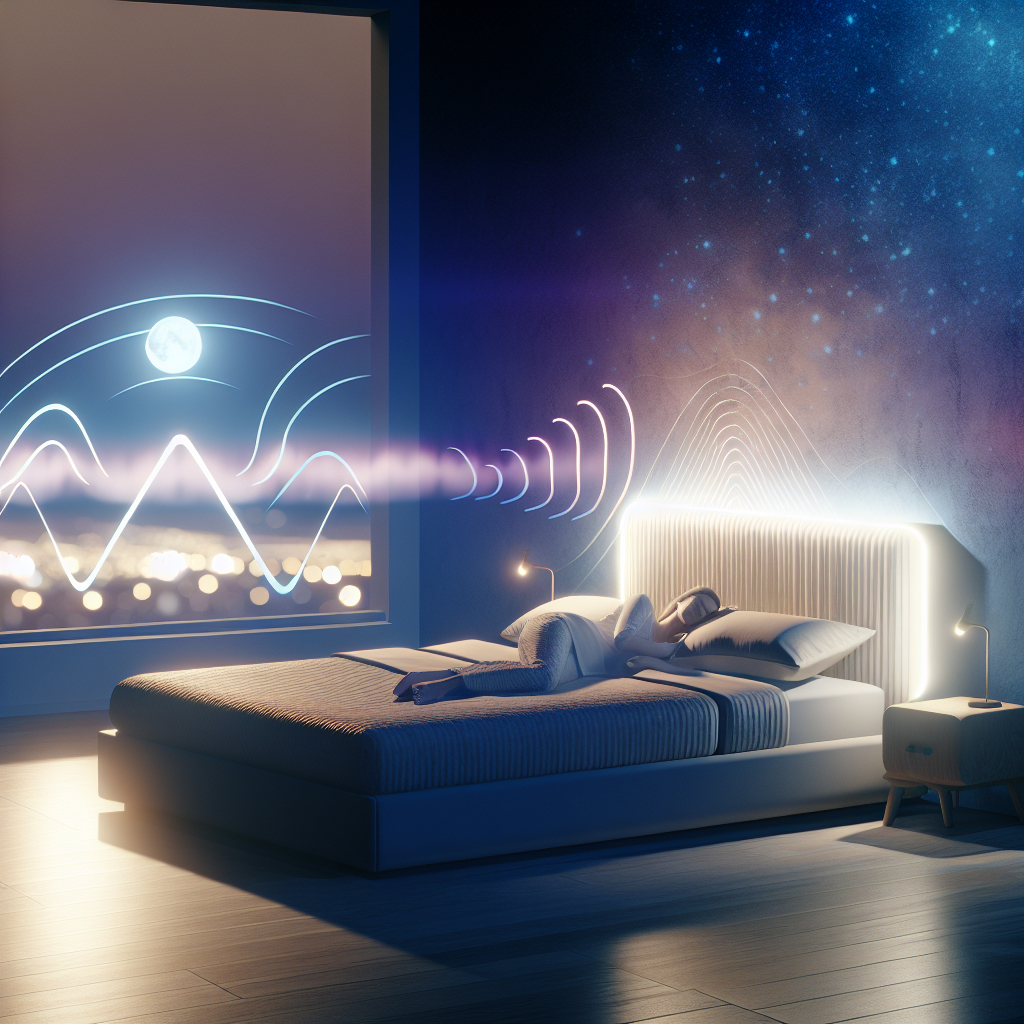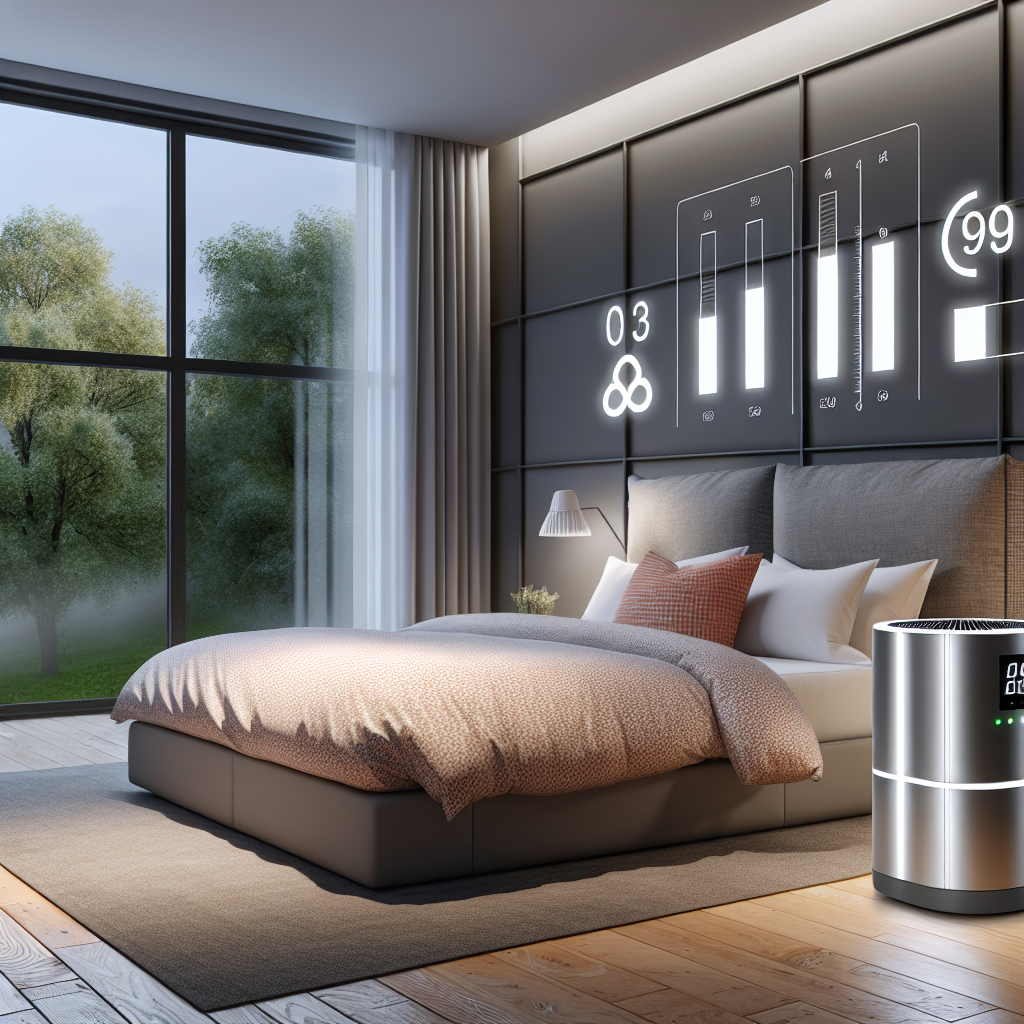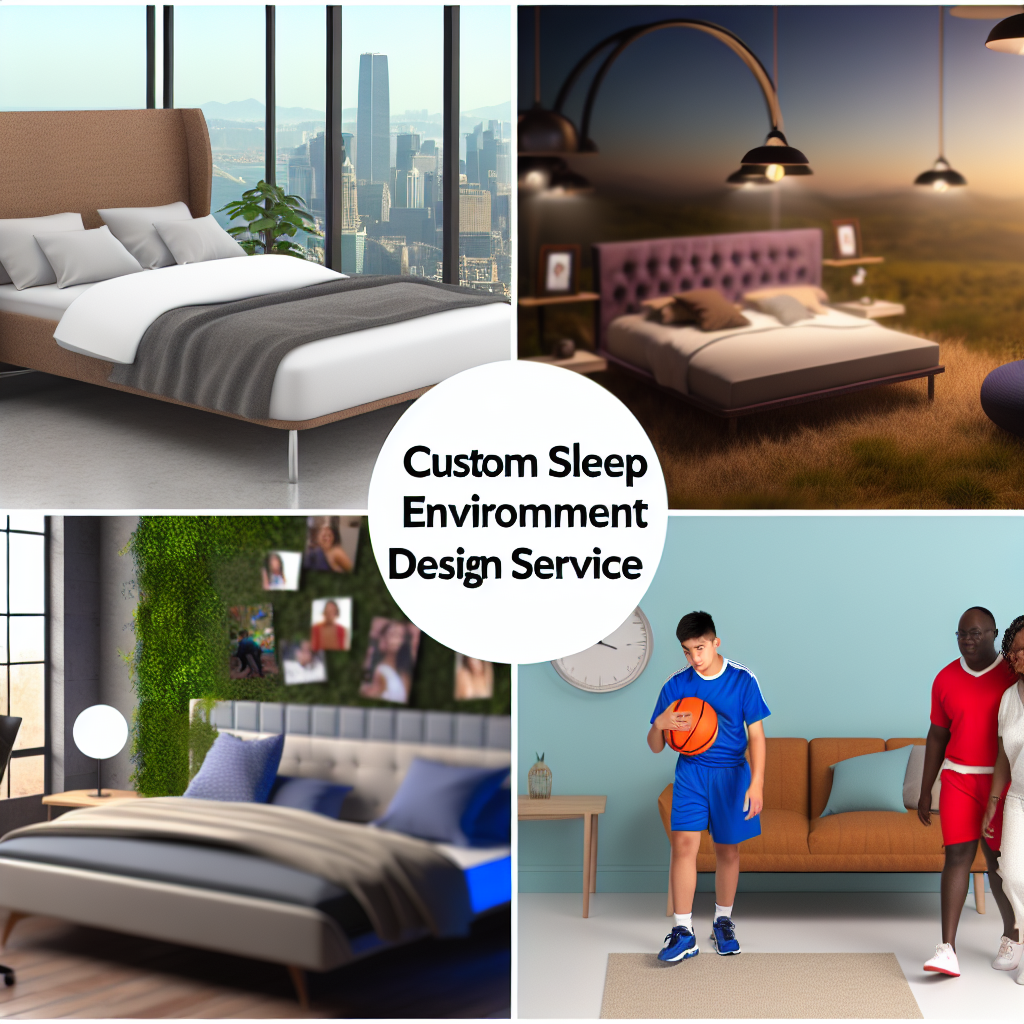Acoustic Architecture: Custom Bedroom Sound Profiles from Acoustic Physicists
Introduction: The Science of Sound and Sleep
Sound is a powerful force that shapes our daily lives, emotions, and even our ability to rest. For centuries, sleep has been influenced by environmental noise, yet only recently has research begun to explore how tailored acoustic environments can optimize sleep quality.
Acoustic architecture—the design and manipulation of sound within a space—is now being harnessed by acoustic physicists to create custom bedroom sound profiles that cater to individual sleep needs.
Noise pollution has long been a recognized disruptor of sleep, with studies linking nighttime noise exposure to poor sleep quality, increased stress levels, and long-term health consequences, including cardiovascular disease. However, eliminating all noise isn’t necessarily the solution. Instead, the goal is to curate an optimal soundscape that promotes deep, undisturbed sleep.
Acoustic physicists analyze sound frequencies, wave behavior, and personal sleep responses to craft custom auditory environments. By blending principles of physics, psychoacoustics, and sleep medicine, they design sleep-friendly soundscapes tailored to factors like room acoustics, external noise, and individual tolerance to different sound frequencies.
With the growing availability of acoustic technology—such as adaptive noise-canceling systems and smart soundscaping devices—customized bedroom auditory environments are becoming more accessible. The use of sleep-tracking technology further allows specialists to design soundscapes that adapt to personal sleep rhythms, leading to deeper sleep cycles and improved health.
As research into the connection between sound and sleep advances, the potential for transforming bedrooms into auditory sanctuaries becomes increasingly promising. Understanding the science behind acoustically optimized sleep environments helps individuals make informed choices that lead to better rest, improved cognitive function, and long-term well-being.
The Acoustic Science Behind Sleep Optimization
Scientific research has long established the relationship between sound and sleep quality. The National Sleep Foundation highlights that external noise is a significant disruptor of sleep, with studies linking excessive nighttime sounds to increased awakenings, reduced REM sleep, and disoriented sleep patterns.
One of the most exciting discoveries in sleep acoustics is pink noise—a frequency pattern that enhances deep sleep and memory consolidation. A groundbreaking 2017 study published in *Frontiers in Human Neuroscience* found that synchronized pink noise stimulation improved slow-wave sleep and cognitive functioning in older adults [(Zhou et al., 2017)](https://www.frontiersin.org/articles/10.3389/fnhum.2017.00244/full). Unlike white noise, pink noise offers a balanced frequency scale that mimics natural environmental sounds like rustling leaves or falling rain, creating a soothing ambiance.
Similarly, adaptive noise-canceling technology is proving to be a valuable tool in mitigating disruptive urban and household noises. According to research published in *Scientific Reports*, noise-masking technology that integrates machine learning algorithms can significantly reduce nighttime awakenings and improve sleep for individuals living in noisy environments [(Agarwal et al., 2019)](https://www.nature.com/articles/s41598-019-50232-9).
Transforming Bedrooms with Custom Soundscapes
Room acoustics play a crucial role in crafting the perfect sleep environment. Several studies confirm that hard surfaces like exposed wood or concrete can amplify disruptive noise through reflection, while soft materials—such as carpets, curtains, and upholstered furniture—help absorb unwanted sound and reduce echo [(Shepherd et al., 2017)](https://www.ncbi.nlm.nih.gov/pmc/articles/PMC5371553/). The addition of acoustic panels and other soundproofing elements can refine bedroom acoustics to create a more peaceful sleep space.
Acoustic physicists are also exploring the impact of nature-based soundscapes on sleep. Natural sounds, such as ocean waves or a steady breeze, have been scientifically shown to promote relaxation and reduce sleep latency (the time it takes to fall asleep). A 2015 study published in *The Journal of Theoretical Biology* found that natural sound exposure lowers heart rate variability and induces a calming parasympathetic response within the nervous system [(Buxton et al., 2015)](https://www.sciencedirect.com/science/article/pii/S0022519315000060).
By integrating these findings, acoustic specialists are developing customized sonic prescriptions—personalized sound designs that align with individual sleep needs. Using advanced microphones, room analysis software, and sleep-monitoring tools, they optimize bedroom soundscapes for deep, restorative sleep.
Some of the most innovative solutions include AI-driven smart acoustic systems that dynamically adjust room sound profiles in real time, responding to environmental noise changes or internal sleep disturbances to ensure continuous rest.
The Future of Sleep Acoustics: A Revolution in Rest
Acoustic architecture is revolutionizing sleep health by moving beyond simple noise elimination toward the creation of personalized, science-backed auditory environments. With the expertise of acoustic physicists and sleep researchers, individuals can fine-tune their bedroom soundscapes to enhance relaxation, promote uninterrupted sleep, and improve overall well-being.
As more scientific research emerges, the role of sound optimization in effective sleep hygiene will continue to gain importance. Whether it’s pink noise, adaptive noise-masking technologies, or nature-based sound therapies, an expertly crafted soundscape can make all the difference between restless nights and truly restorative sleep.
With continued advancements in acoustic technology and its increasing accessibility, investing in sound optimization is no longer just a luxury—it’s an essential, science-backed approach to achieving better rest. As collaboration between sound engineers and sleep scientists expands, the future promises even more innovative ways to enhance sleep quality through acoustic architecture.
**Summary:**
Acoustic architecture is transforming sleep environments by harnessing the science of sound to create personalized bedroom soundscapes that promote deep, uninterrupted sleep. Acoustic physicists are leveraging technologies like pink noise, adaptive noise-canceling, and nature-based soundscapes to optimize sleep quality, with the ultimate goal of revolutionizing rest through customized auditory environments.
**References:**
1. [National Sleep Foundation – How Noise Affects Sleep](https://www.sleepfoundation.org/noise-and-sleep)
2. Zhou J et al. (2017). [Pink Noise Enhances Sleep and Memory Consolidation](https://www.frontiersin.org/articles/10.3389/fnhum.2017.00244/full). *Frontiers in Human Neuroscience*
3. Agarwal A et al. (2019). [Adaptive Noise Masking Improves Sleep in Noisy Environments](https://www.nature.com/articles/s41598-019-50232-9). *Scientific Reports*
4. Shepherd D et al. (2017). [Effects of Noise Exposure on Sleep](https://www.ncbi.nlm.nih.gov/pmc/articles/PMC5371553/). *National Institutes of Health*
5. Buxton RT et al. (2015). [Nature Soundscapes Reduce Stress and Enhance Sleep](https://www.sciencedirect.com/science/article/pii/S0022519315000060). *Journal of Theoretical Biology*

Dominic E. is a passionate filmmaker navigating the exciting intersection of art and science. By day, he delves into the complexities of the human body as a full-time medical writer, meticulously translating intricate medical concepts into accessible and engaging narratives. By night, he explores the boundless realm of cinematic storytelling, crafting narratives that evoke emotion and challenge perspectives.
Film Student and Full-time Medical Writer for ContentVendor.com




